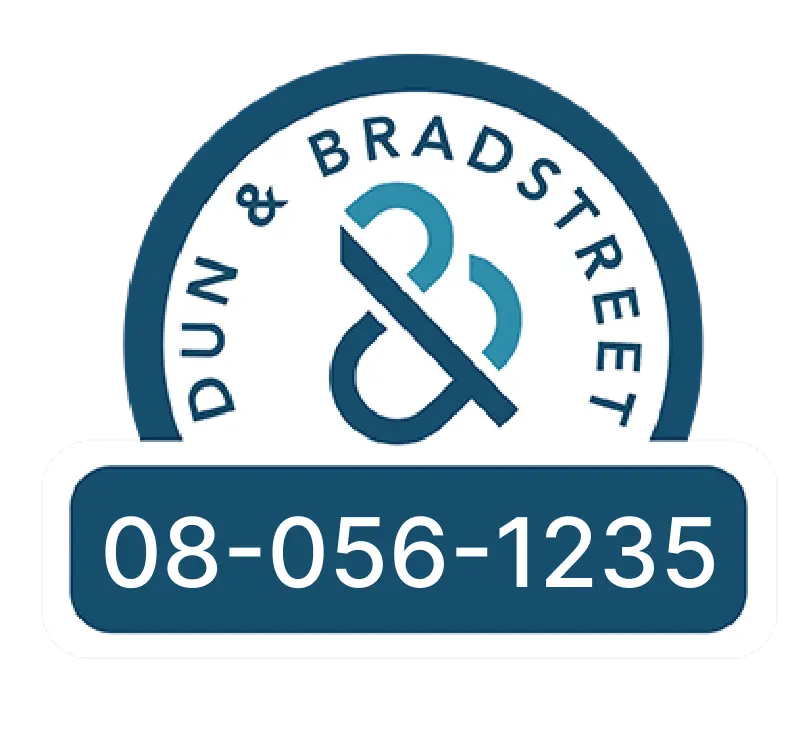Download free PDF
Nonwoven Fabrics Market - By Technology (Spunbond, Dry laid, Wet laid, Air laid), By Material Type (Polypropylene, Polyester, Rayon, Cotton), By Application (Hygiene Products, Medical and Healthcare, Home Furnishings, Filtration, Automotive) & Forecast, 2024 – 2032
Report ID: GMI6746
|
Published Date: September 2023
|
Report Format: PDF
Download Free PDF
Authors: Kiran Pulidindi, Kunal Ahuja



Premium Report Details
Base Year: 2023
Companies covered: 15
Tables & Figures: 191
Countries covered: 22
Pages: 150
Download Free PDF

Nonwoven Fabrics Market
Get a free sample of this report
Get a free sample of this report Nonwoven Fabrics Market
Is your requirement urgent? Please give us your business email
for a speedy delivery!





Nonwoven Fabrics Market Size
Nonwoven Fabrics Market size was worth about USD 41.7 billion by 2022 and is anticipated to grow at a CAGR of 4.8% between 2023 and 2032. Nonwoven medical textiles, such as surgical gowns, wound dressings, wounds, and medical masks, driven by their barrier properties and antibacterial abilities, play an important role and are therefore anticipated as materials we have previously mentioned above will drive the rapid expansion of the market in the coming years.
The convenience and cost-effectiveness of non-woven disposables such as cleaning wipes and cloths is driving demand for homes, commercial establishments and healthcare facilities non-woven fabrics are used in various automotive components, a including materials for automotive components, accessories, insulation, and engine exhausts, due to the durability and versatility
Nonwoven fabrics often need to compete with traditional materials like woven textiles and plastics, which have well-established markets and supply chains. Ensuring consistent quality across nonwoven products can be challenging due to variations in raw materials, manufacturing processes, and equipment. Some nonwoven fabrics may not be easily biodegradable, raising concerns about their impact on the environment after use. Thus, the risks associated with nonwoven fabrics may drive down the acceptance rate, further hampering the business growth.
COVID-19 Impact
The pandemic led to a surge in demand for medical and hygiene products such as surgical masks, medical gowns, and personal protective equipment (PPE), which heavily rely on nonwoven fabrics. This increased demand put pressure on manufacturers to ramp up production. Thus, the reduced number of COVID-19 cases and implementation of subsequent strategies by government and non-government organizations is anticipated to drive the business expansion in the upcoming years.
Nonwoven Fabrics Market Trends
Growing awareness of environmental concerns is driving the demand for sustainable nonwoven fabrics made from biodegradable materials and using eco-friendly manufacturing processes. Nonwoven fabrics that break down naturally over time are gaining traction as consumers and industries seek more environmentally friendly alternatives. The incorporation of recycled fibers and materials into nonwoven production is becoming more common, aligning with circular economy principles.
Nonwoven Fabrics Market Analysis
Based on technology, the nonwoven fabrics market is segmented as spunbond, dry laid, wet laid, air laid, others. Spunbound held a majority market value of USD 20 billion in 2022. Spunbond technology offers efficient production and versatility in creating nonwovens for various applications, including hygiene products, geotextiles, and industrial fabrics.
Based on material type, the nonwoven fabrics market is segmented as polypropylene, polyester, rayon, cotton, others. Polypropylene held a dominant market share of around 40% in 2022 and is expected to grow at a lucrative pace through 2032. PP is one of the most commonly used materials due to its versatility, making it suitable for a wide range of applications, including hygiene products, packaging, and automotive textiles.
Based on application, the nonwoven fabrics market is segmented as hygiene products, medical and healthcare, home furnishings, filtration, automotive, others. Hygiene products held a dominant market share in 2022 and is anticipated to grow at 5.9% CAGR through 2032. Nonwoven fabrics are crucial for hygiene products like diapers, feminine hygiene products, and adult incontinence items due to their softness, comfort, and absorbency. Thus, the high-quality services and growing usage of Nonwoven fabrics are anticipated to expedite the business landscape.
U.S. dominated the North American region with majority market share and a revenue of USD 10.7 billion in 2022 and is anticipated to expand at a significant pace from 2023-2032. North America's large population, including aging baby boomers, contributes to the demand for nonwoven hygiene products such as adult incontinence items.
Nonwoven Fabrics Market Share
Some of the major industry players operating in the nonwoven fabrics market are
These players focus on strategic partnerships, new product launch & commercialization for market expansion. Furthermore, these players are heavily investing in research that allows them to introduce innovative products and garner maximum revenue in the market.
Nonwoven Fabrics Industry News:
Nonwoven fabrics market research report includes an in-depth coverage of the industry with estimates & forecast in terms of revenue in USD Million & Kilo Tons from 2018 to 2032, for the following segments:
Click here to Buy Section of this Report
By Technology
By Material Type
By Application
The above information is provided for the following regions and countries: